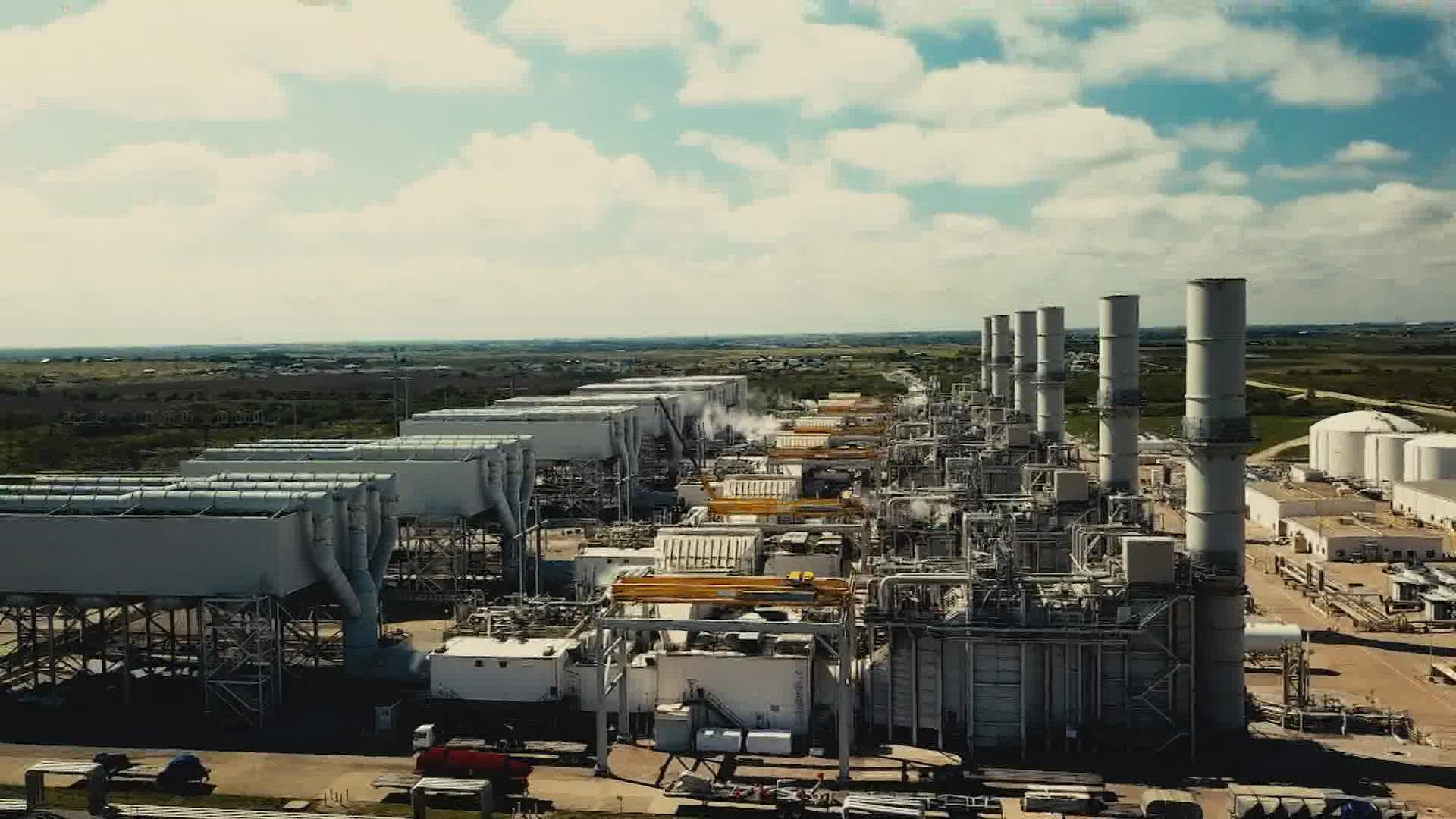Under new energy reform laws, a total of 855 Texas power plants were required to file winter weather preparedness reports Wednesday with the Electric Reliability Council of Texas, the operator of the state’s power grid.
According to ERCOT, 684 generators had the met the deadline as of 5 p.m.
The agency said 47 of 59 transmission service providers also required to winterize had filed their reports as well. The rest have until midnight to do so.
A spokesperson for the Public Utility Commission of Texas said ERCOT and PUC staff will review each of the reports. ERCOT inspectors will then independently examine specific power plants and transmission facilities throughout the month of December.
While the PUC has yet to establish firm penalty rules for winterization non-compliance, Senate Bill 3 gives the regulatory agency the power to fine violators $1 million per day.
“It is my hope that we use the full extent of our penalty authority when the infraction warrants that,” PUC Commissioner Jimmy Glotfelty said at an open meeting Tuesday.
“The full range of penalties needs to be on the table and applied appropriately,” added Barksdale English, the PUC division director of compliance and enforcement.
The Vistra Corporation, which has one of the largest generating fleets in Texas, said it had begun making winter weather upgrades months ago. In October, CEO Curt Morgan told our sister station WFAA it has spent millions on protecting critical equipment and preparing for another winter storm. Those measures include insulating pipes, having portable heaters at the ready, and in some cases, stockpiling millions of gallons of diesel fuel for back up generators during an emergency.
“I think all the market participants on the electric side are going to be much more prepared, they’re putting money into their power plants,” Morgan told WFAA.
But the company expressed concern that similar weatherization mandates for natural gas facilities won’t go into effect this winter, or possibly the next. Energy reform laws don’t require them until months after a statewide mapping project of critical infrastructure is completed.
Vistra’s President and CFO Jim Burke said its gas-fired power plant in Midlothian, near Dallas, only operated at 30% capacity during the February freeze because of natural gas supply shortages.
“We can weatherize the electric side, but if we don’t weatherize the gas side, we’re not going to have the output that we need to serve Texas,” Burke told WFAA.
Two of the biggest Houston-area power generators, Calpine and NRG, declined to show KHOU 11 their winter weather upgrades, citing Covid-19 restrictions.
But both companies said they are in full compliance.
“Calpine has spent tens of millions of dollars since February enhancing our already robust power plant winterization plan. We also have further diversified our fuel supply with a focus on supply resiliency,” a Calpine spokesperson said in a statement.
“For matters within our control, we have taken the appropriate steps to mitigate the operational and equipment challenges extreme weather presents and expect to continue to reliably produce power for Texans,” the spokesman said.
An NRG spokesperson said the company changed its freeze protection design standards to cover extreme cold and windy weather.
“We’ve been working for months to do the work needed to build an even more resilient fleet. Even before February 2021’s storm, NRG plant managers took action to ensure that we implemented best practices to get us through weather conditions and each plant manager attested to that action. Based on Winter Storm Uri, we must plan and prepare for conditions much worse than we’ve ever experienced before,” an NRG spokesperson said in a statement.

